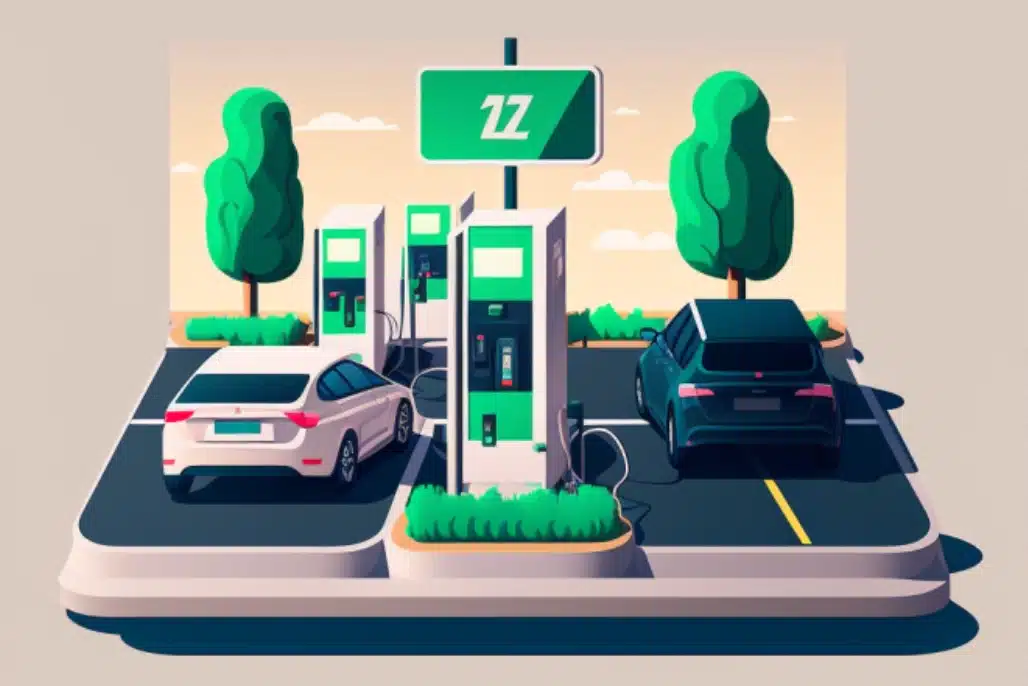Occasionally, we aim to publish something that has to do with how we implement our hardware and software solutions.

On one of our embedded devices there is the facility to automatically dispatch text messages in response to particular events. However, to protect against the possibility of the device sending out a storm of text messages (e.g. due to a bug in the event detection code), we decided to create a little algorithm to limit the generation of messages in any given period.
To do this we used a little algorithm from the computer networks field called the “leaky bucket” algorithm. Here is what it does…
when the user wishes to do a controlled action (e.g. send an SMS), he tries to add a “drop” of water to the “bucket” using addDropToBucket()
addDropToBucket() checks to see whether some drops should have leaked out since the last call. If so, it lets them leak
then addDropToBucket() checks to see if there is space in the bucket for a single drop. If there is, it adds the drop and returns true, otherwise it returns false
if the user receives “true” he carries out the controlled action, otherwise he doesn’t.
Essentially, the metaphor is that of a leaky bucket leaking out water at a certain rate.
Finally here’s the java code to make it all happen…
/**
* Leaky bucket algorithm to prevent huge amounts of SMS text messages
* from being dispatched by any insane processes. Each SMS message
* sent adds a drop to the
* bucket which leaks at a constant rate. Once the bucket fills, no
* message can be sent until a drop has leaked out.
*/
private class LeakyBucketLimiter {
private int numDropsInBucket = 0;
private Date timeOfLastDropLeak = null;
private final int _BUCKET_SIZE_IN_DROPS = 20;
private final long _MS_BETWEEN_DROP_LEAKS = 1000 * 60 * 60; // 1 hour
public synchronized boolean addDropToBucket() {
Date now = new Date();
// first of all, let the bucket leak by the appropriate amount
if (timeOfLastDropLeak != null) {
long deltaT = now.getTime() - timeOfLastDropLeak.getTime();
// note round down as part of integer arithmetic
long numberToLeak = deltaT / _MS_BETWEEN_DROP_LEAKS;
if (numberToLeak > 0) { //now go and do the leak
if (numDropsInBucket <= numberToLeak) {
numDropsInBucket = 0;
} else {
numDropsInBucket -= (int) numberToLeak;
}
timeOfLastDropLeak = now;
}
}
if (numDropsInBucket < _BUCKET_SIZE_IN_DROPS) {
numDropsInBucket++;
return true; // drop added
}
return false; // overflow
}
}
// here is how you use it
bucketLimiter = new LeakyBucketLimiter();
if (bucketLimiter.addDropToBucket()) {
// dispatch SMS
}








